Description
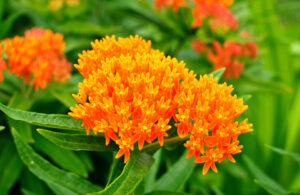 Asclepias tuberosa
Asclepias tuberosa
Butterfly Weed
USDA Zone: 4-9
A native North American wildflower, this is the primary source of food for the both the adult and juvenile Monarch Butterfly and is often included in butterfly gardens. Plants form an upright clump of narrow green leaves, bearing showy clusters of orange or gold flowers in mid to late summer. The seed pods that follow are used in dried arrangements and should be picked and dried while still green. Very late to come up in the spring, so mark the spot by planting daffodils or other companion bulbs. Needs well-drained sandy soil.
CAUTION: Harmful if eaten.
Sun Exposure Full Sun
Soil Type Normal or Sandy
Soil pH Neutral or Alkaline or Acid
Soil Moisture Dry
Care Level Easy
Flower Color Gold Mixed Orange
Blooming Time Mid-Summer Late Summer
Foliage Color Light Green
Plant Uses & Characteristics
Accent: Good Texture/Form Attracts Butterflies
Border Cut Flower
Deer Resistant Dried Flower
Drought Tolerant Massed
Poisonous/Toxic Wild Flower
Flower Head Size Medium
Height 23-35 inches
Spread 18-23 inches
Foot Traffic None
Growth Rate Slow
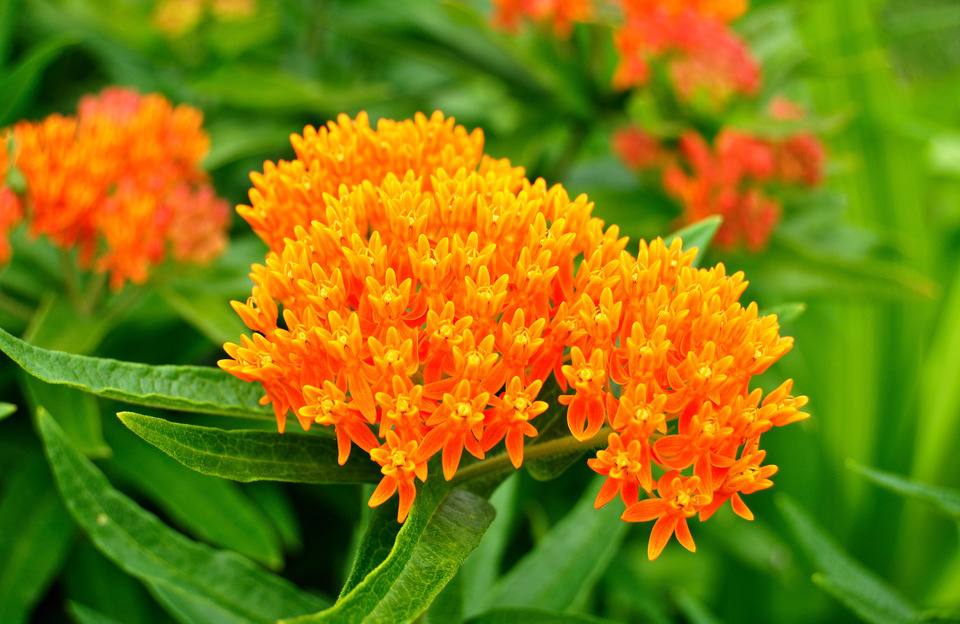
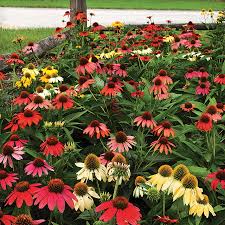
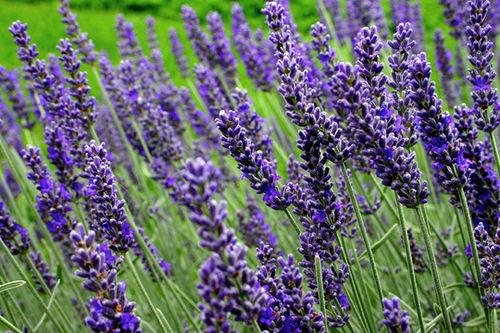
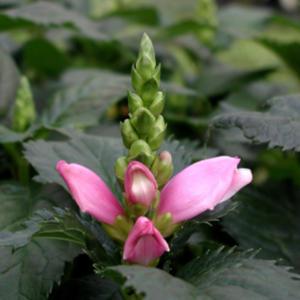
Reviews
There are no reviews yet.